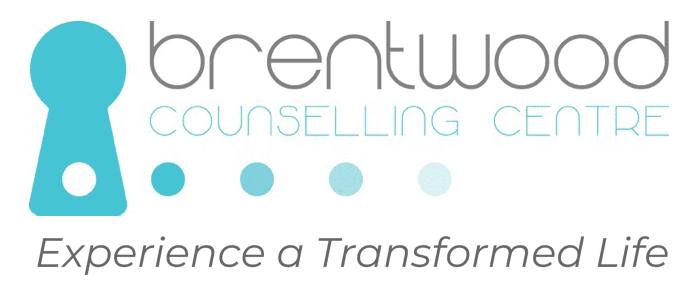Balancing Independence and Emotional Connection
Do you love your partner but can’t truly feel close to them? Do you go through the motions in your relationship because you’re supposed to do certain things and not because you want to? Do you prefer to show love with acts of service rather than quality time or expressing your feelings?
You may have an avoidant attachment style.
With this style, you value self-sufficiency, logical thinking, external achievements, and being non-emotional. As an individual, you thrive, but in relationships, you struggle.
Here’s how:
- You often don’t share your feelings or ask how your partner feels
- You try to be rational, logical, or cognitive about problems
- You try to fix your partner’s problems
- When communicating, you focus on the details of what is said instead of the heart of the issue
- You don’t quite understand your partner’s emotional needs nor how to meet them
- Your partner has to initiate closeness and connection, or nothing will happen
- You have no problem wanting sex without emotional closeness or connection
Your partner is often frustrated and complains about the above. Sound familiar?
It may be puzzling for you to understand why your partner gets so upset. They seem so needy and emotional. Why can’t they be more self-sufficient and rational (like you)?
You may see their neediness and emotions as the core issues in your relationship and even feel annoyed or frustrated at your partner, so you avoid them to get reprieve. Yet this backfires and makes your partner even more dissatisfied and angry with you.
Alternatively, you may have tried to please them or fix the problem to satisfy their needs. Unfortunately, this also fails, and they still find something to complain about.
Your relationship struggles have nothing to do with how much you love your partner but it has more to do with your lack of relational skills. Somehow, you’ve learned to tune out emotions or have a negative view of them because they weren’t valued, taught, or modelled in your upbringing.
However, to have a truly healthy and happy relationship with your partner, who you love, you need to have a healthier relationship with emotions, by understanding how to tune into and respond to them in a way that fosters closeness and connection. Here are some relational skills to help you get started:
- Be comfortable being uncomfortable with your feelings, until it becomes comfortable.
It is normal for you to feel uncomfortable with your feelings and your partner’s feelings.
As mentioned, it is because you’ve never learned to attune and attend to emotions, so it is supposed to feel uncomfortable. But the more you allow yourself to sit with them, without rationalizing, dismissing, explaining, or fixing, the better you will become at attuning and attending to emotions and being comfortable with them.
- Listen to understand, not to analyze or explain.
Simply paraphrase what you hear your partner say and how they feel. Ask if you have it right. If you’re correct, your partner will naturally share more. If you are wrong, they will correct you so you understand, and then will continue to share.
- Feel your feelings, don’t think your feelings.
People with avoidant attachment are pros at thinking their feelings. That is, you use your head to feel, instead of your heart. In other words, you are not feeling at all, rather, you are thinking about your feelings, analyzing them, and explaining them.
Feelings are to be felt, not thought of. They sit in your body, not in your head. When you pay attention to what’s happening in your body (sensations), ascribe a feeling word to it, ONE word only (e.g., sad, hurt, angry, happy). That’s what you are feeling. That’s it. It’s that simple.
- Stop saying “good”, “bad”, or “I don’t know” to describe your feelings.
People who are not in touch with their feelings will often use generic words to describe how they feel…which are not feeling words at all. There’s no such feeling as “good” or “bad”. It makes sense that you would use a generic term or not even know how you feel because you are new at this.
Just pause. Let it marinate. Then think about what “good” feels like or what “bad” feels like. Describe how it feels in your body. If helpful, Google search “feelings wheel” to get you started.
- Share your feelings with your partner.
Share without judging yourself for having feelings. You’ve learned (directly or indirectly) that feelings are weak, it’s not okay to be vulnerable, and you don’t want to be seen as “needy”.
Know that you’ve been “brainwashed” to have a negative association with feelings. Nothing can be further from the truth. Think about how much courage you need to share your feelings with your partner. Vulnerability is for the brave. It’s easy to hide behind stoicism…like you have it altogether.
Your partner is waiting for you to show up and be real. In fact, they find you more attractive not less, when you are emotionally connected.
Here’s the magic. The more you lean into emotions (yours and your partner’s), the more freedom and independence you will experience in your relationship. This is because your partner now feels safe and secure in your bond, so they stop complaining and being “needy”. It’s a win-win.
Keep practicing these skills and you may even surprise yourself in how much you enjoy connecting with your partner.







